Do Cars Have Reserve Tanks? Everything You Should Know!
You have probably heard the expression “my car is running on reserve” in reference to the gas being low in the fuel tank. If you are uncertain how much fuel your car’s gas tank holds, you may be concerned about running out of gas when the fuel gauge shows “Empty.” Do cars have a reserve gas tank to get you to the next gas station?
Most modern cars have a reserve tank, but it is not separate from the main fuel tank. The reserve tank is the bottom of the main fuel tank, and sensors inform the driver when the fuel level has dropped low enough that the car’s last remaining fuel in the tank is being used.
Most modern cars have a reserve gas tank which helps the driver to manage the fuel consumption in the car and estimate how far you can go when your fuel runs low. How do these reserve tanks work, and how much fuel do they hold? The reserve gas tank on a car is not what you would expect!
Do Cars Have Reserve Gas Tanks?
Car owners know how their car’s gas tank works and that the tank must have a certain level of gas inside to keep the car running.
Many motorists don’t know how the reserve gas tank works on a car and whether this feature is available on all cars.
Several questions arise regarding reserve fuel tanks on cars.
- How big is the reserve gas tank?
- How far can I drive when the fuel gauge is on reserve?
- Should you drive your car on reserve gas?
- Do all cars have reserve gas tanks?
We will address each one of these common queries about reserve gas tanks in cars so you know exactly what to expect when your gas tank gauge shows you are on reserve fuel!
How Do You Know You Are Driving On Reserve Fuel?
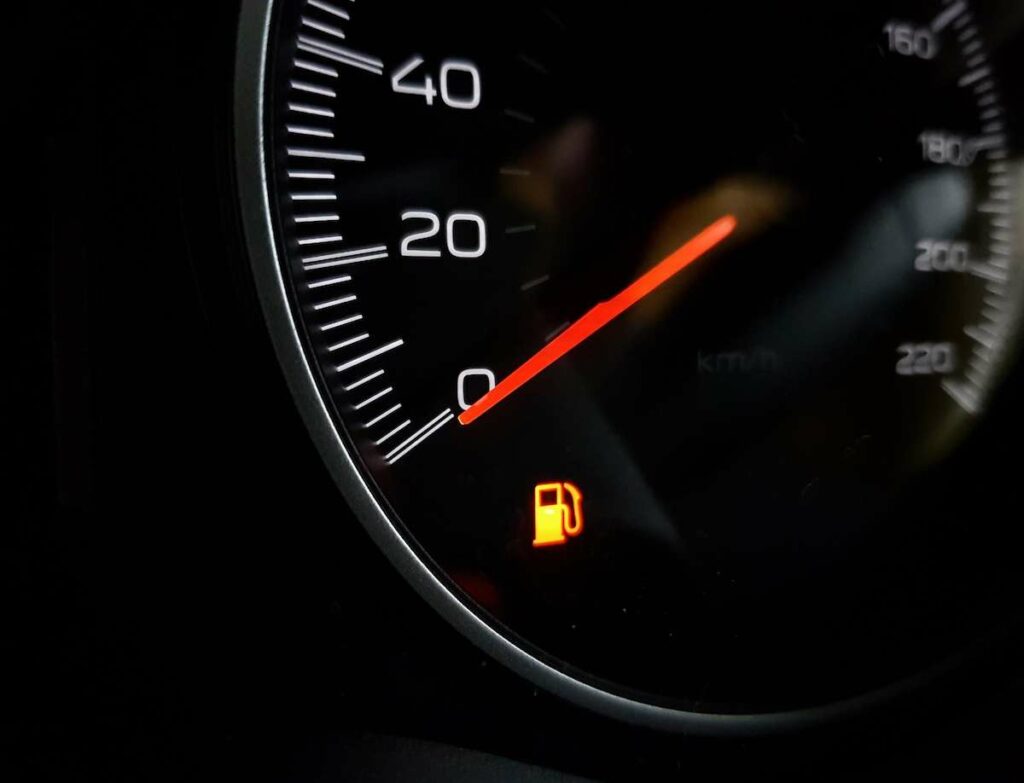
Before modern gas tank gauges were a feature on cars, the amount of fuel left in the tank involved a lot of guesswork and familiarity with the car you were driving.
Older cars did not have accurate or reliable fuel gauges, which meant that running out of gas was a very real possibility. Many believe this was because older cars did not have a reserve gas tank like modern cars.
The truth about the reserve tank in a car is much simpler than this, but it still helps to manage the mileage you get from your car’s gas tank.
What Is A Reserve Tank On A Car?
The reserve fuel tank on a car is something of a misconception that has been brought about by the terminology used to describe the reserve fuel.
A reserve tank on a car is not a physically separate fuel storage tank but rather part of the main fuel tank.
The reserve fuel indicator is simply a reporting mechanism to let the driver of the car know that they are down to the last few gallons or liters of gas in the fuel tank, and it is time to look for a gas station!
Sensors in the gas tank monitor the fuel level and give this information to the driver via the fuel gauge. The tank is running low when the gauge shows the fuel is in the “red” zone.
If you ignore the fuel gauge indicating low fuel, another sensor is triggered when the fuel level reaches a lower level. This sensor causes the “Fuel Low” light to come on; you are now on reserve fuel and have limited mileage left before you run out of gas completely.
How Much Fuel Is In A Car Reserve Tank?
When the reserve fuel light blinks on, the amount of fuel remaining in the tank varies between makes and models.
The best way to tell how much fuel remains in your gas tank when it is on the reserve is to consult the technical manual for your car make and model, which will detail these specifications.
Generally, the reserve light illuminates when there is 10% to 15% of the tank holding capacity remaining in the tank.
In a large gas tank, 15% of the total capacity represents more fuel gallons than in a smaller gas tank. However, this does not necessarily mean you can drive further since cars with larger gas tanks generally have bigger engines that use more fuel.
How Far Can You Drive On A Cars Reserve Tank?
The distance you can drive on the reserve fuel in your car’s gas tank will depend on various factors, including how big the engine is, how well-maintained the engine is, and how fast you drive.
Most car manufacturers will give an estimate of how far you will be able to drive on the reserve tank, and it will vary depending on the car. In most cases, the reserve tank will give you between 30 and 40 miles or 48km to 64km of driving before the car runs out of gas.
Smaller, lighter cars with smaller engines can get further on the reserve gas and, if driven carefully, can get an additional 80 to 100 miles or 128km to 160km from the tank.
However, this is not an accurate measure, even if you know how far your car can travel on a gallon of fuel. Factors such as temperature, wind, and driving habits can significantly affect fuel consumption, causing you to run out of gas sooner than expected.
Is It Bad To Drive On Reserve Fuel?
Car fuel tanks are made from varying materials, some from metal and others from plastic or composite materials.
Metal tanks are subject to corrosion and rust, which can cause sediments to form at the bottom of the fuel tank. Dust, dirt, and other fuel contaminants can enter the tank when filling it with gas at the gas station, and residue from the fuel itself oxidizing can be deposited at the bottom of the tank as sludge or sediment.
Since the reserve tank on the car is not a separate tank but rather the lowest section of the gas tank, it also contains most of the impurities that settle at the bottom of the tank.
Draining the tank completely by driving your car till the reserve tank is empty can draw the sediment and other impurities into the car’s fuel system. It is not good to regularly drive your car on the reserve gas at the bottom of the tank, as the car’s fuel system can become fouled.
The reserve tank is intended as an emergency measure to warn you that your fuel level is dangerously low and you need to find a gas station. The reserve tank is not intended to be used as the main fuel supply for your vehicle on a regular basis.
Keeping your car’s fuel tank filled to a higher level also has advantages.
- Less fuel loss to evaporation.
- Avoiding corrosion in metal tanks by reducing exposure of the metal to air.
- Reduction of condensation from moisture in the air in the tank, which can contaminate the fuel.
Of course, the best reason to keep your gas tank full is so you don’t run out of gas unexpectedly when a gas station is nowhere near your location!
Do All Cars Have A Reserve Tank?
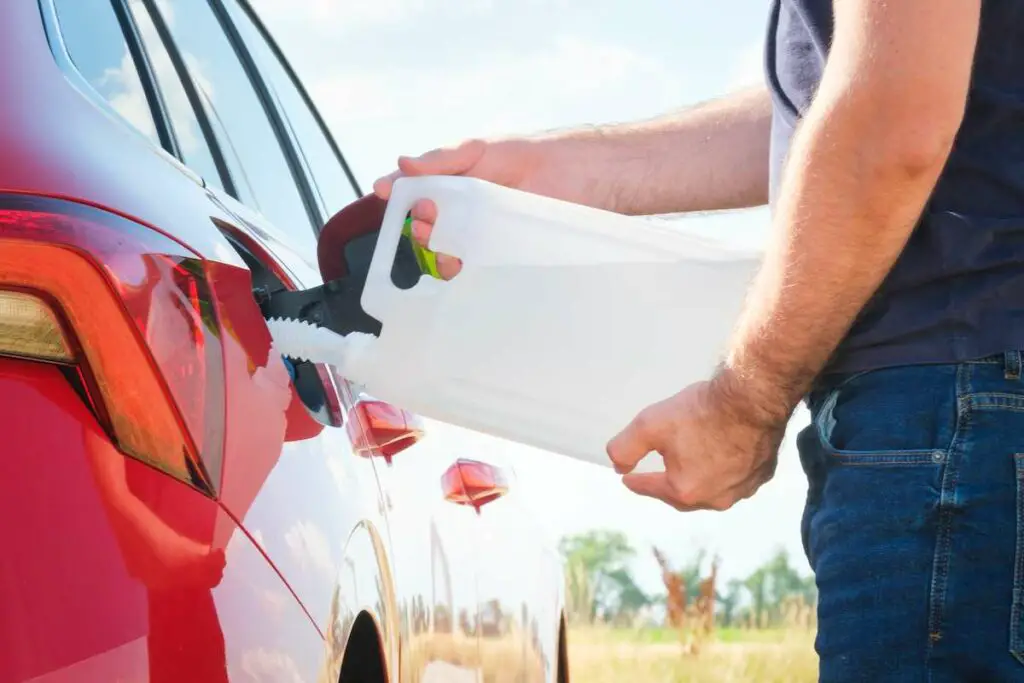
All modern cars will have a reserve tank or a reserve tank indicator on the fuel gauge or a fuel light that will warn you when the tank is running on reserve.
In some older cars, the reserve tank was a separate tank holding a small amount of fuel and required the driver to manually switch over to using the fuel from the reserve tank.
Some old car models did not have a reserve tank or a fuel light that warned the driver of low fuel levels. In these cars, you simply had to fill up the tank once the needle on the fuel gauge came close to the “empty” mark.
If you don’t trust your car’s systems of if you want to avoid using the reserve fuel, you can keep a can of fuel as a back up for you car. However, do check out for the safety rules and regulations as this can vary from state to state.

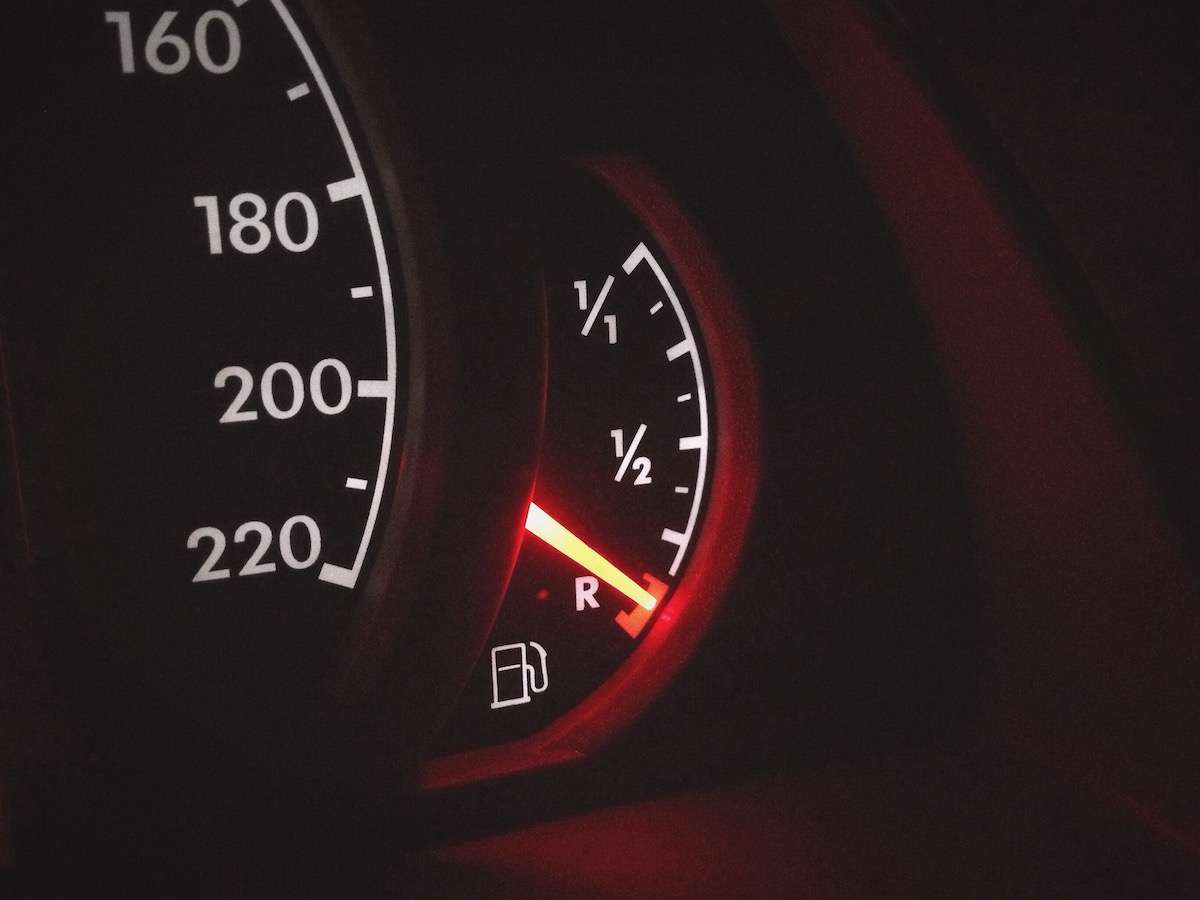
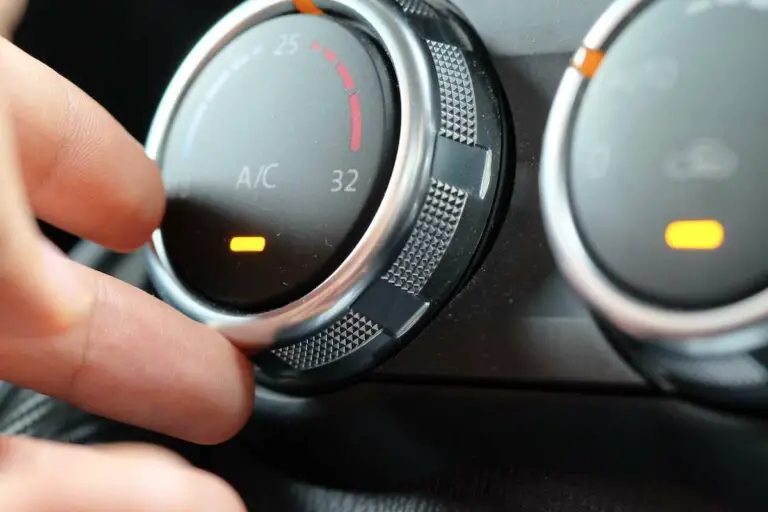
![What Kind of Acid is in a Car Battery? [With Explanation!]](https://vehicleuniversity.com/wp-content/uploads/2023/01/daily-car-check-check-out-the-distilled-car-batter-2021-08-26-17-53-37-utc-768x576.webp)
![Does AC Drain the Car Battery? [With Test Results!]](https://vehicleuniversity.com/wp-content/uploads/2023/01/ac-ventilation-deck-2021-08-26-17-12-30-utc-768x576.webp)
![How Long Does Car AC Gas Last? [Comprehensive Guide!]](https://vehicleuniversity.com/wp-content/uploads/2023/01/man-hand-check-air-conditioning-panel-in-car-male-2022-08-23-01-47-44-utc-768x512.jpeg)
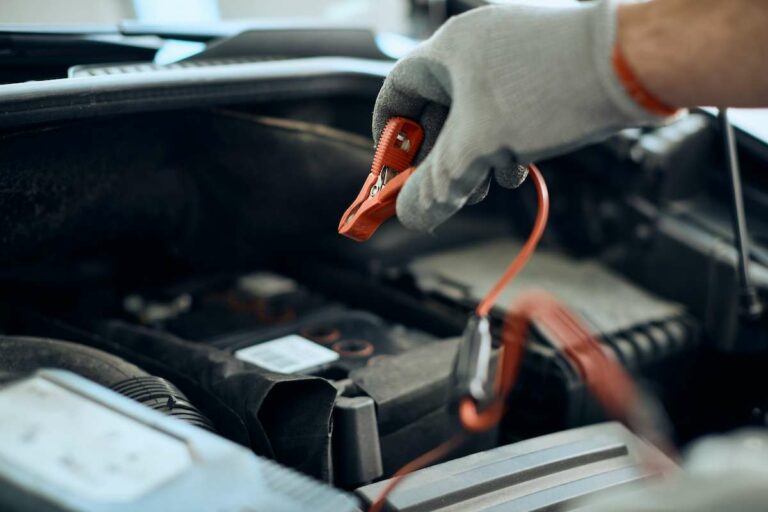
![Do Cars Have Trackers? [Everything You Should Know!]](https://vehicleuniversity.com/wp-content/uploads/2023/01/gps-system-in-a-smart-car-2022-12-15-23-13-58-utc-768x512.jpeg)